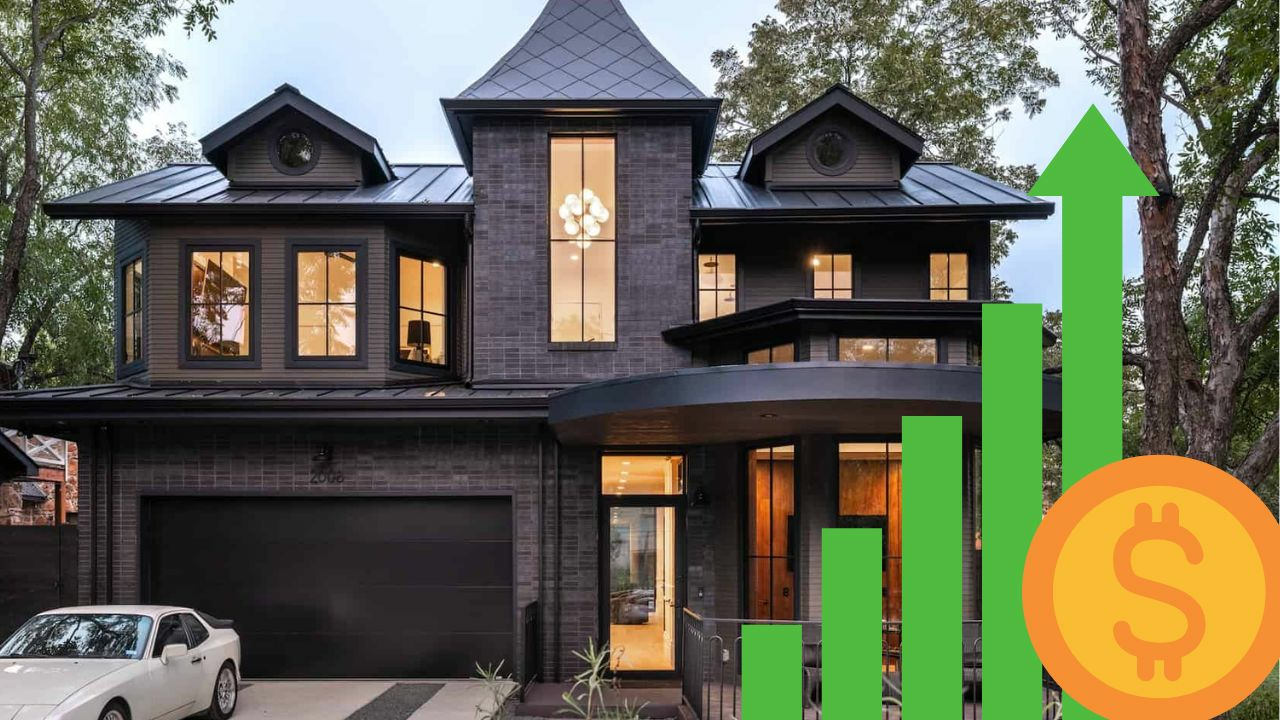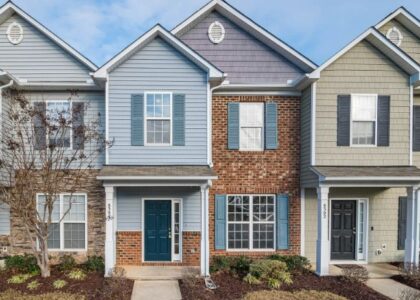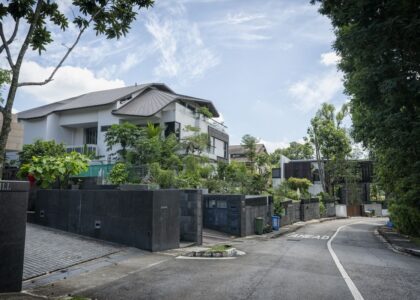Making Eco-Friendly Choices
Upgrading an older home often feels like a daunting task, especially for families trying to manage both comfort and the ever-rising energy bills. Investing in eco-conscious home upgrades isn’t just beneficial for the planet; it can significantly reduce your monthly expenses. After renovating my own home from the late ’90s, I discovered that a few strategic upgrades could lead to remarkable savings without sacrificing style or comfort.
Energy-Efficient Windows
One of the most impactful changes I made was replacing the outdated windows. Old windows can be a significant source of energy loss, especially in regions with harsh winters or sweltering summers. When choosing new windows, here are some options that suited my climate:
- Double or Triple Glazing: These provide excellent insulation and help retain heat in winter.
- Low-E Glass: Ideal for hot climates, it reflects heat outside while letting sunlight in, reducing air conditioning needs.
- Vinyl Frames: They’re energy efficient and require minimal maintenance compared to wood or aluminum.
But the installation was challenging. Working with contractors who understood my vision took some time, but the end result was worth it. The comfort level improved drastically, and the energy savings became evident right away.
Smart Thermostats and Eco-Friendly Materials
In addition to windows, I invested in a smart thermostat that learns our schedule and adjusts the temperature accordingly. This simple device led to reduced heating and cooling costs without sacrificing comfort. Using energy-efficient materials, like recycled insulation and sustainably sourced wood, not only helped with our renovations but also supported a greener footprint.
Each upgrade I made will not only increase the property’s value—an attractive feature for potential buyers or renters—but it also promotes a sustainable lifestyle. By choosing eco-friendly options, older homeowners can enjoy financial savings and peace of mind for their future.
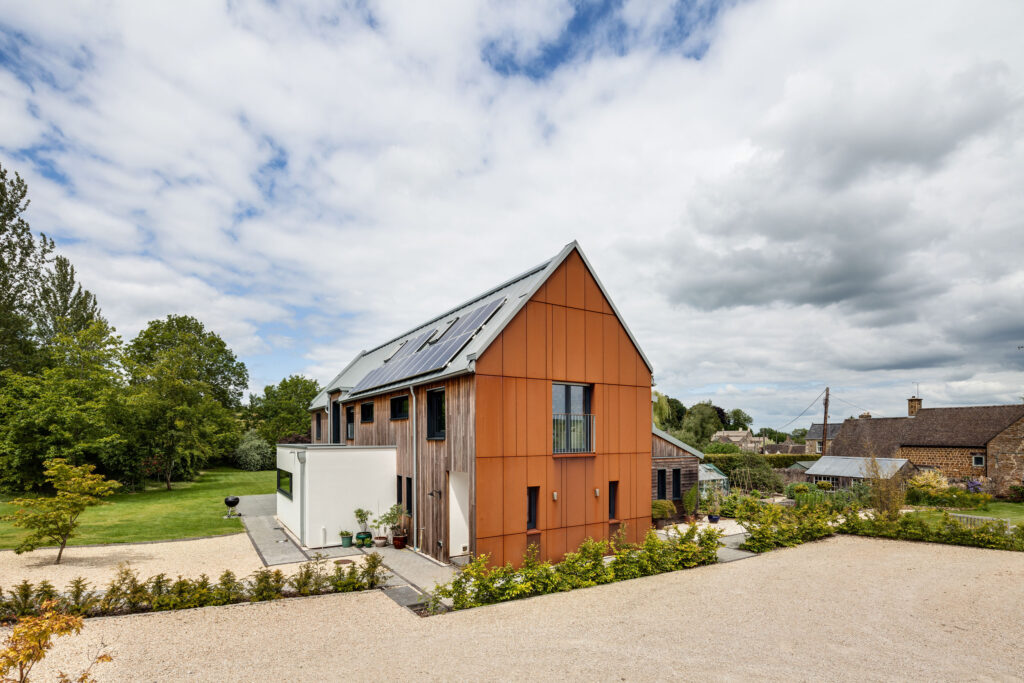
Reducing Down Energy Consumption
Another pivotal upgrade I embraced was the adoption of energy-efficient appliances, a vital step that often gets overlooked in the renovation saga. Many older homes come equipped with appliances that guzzle electricity and water, leading to exorbitant utility bills. By replacing them with ENERGY STAR-rated appliances, I not only addressed the energy consumption issue but also transformed my kitchen and laundry area’s aesthetics. Some must-have appliances include:
- Energy Star Refrigerators: These use up to 15% less energy than standard models while keeping your food fresh.
- Efficient Washers: Front-loading washers save water and are gentle on clothes, providing a longer lifespan for your wardrobe.
- Smart Dishwashers: With sensors that adjust water use based on the load, they save energy by optimizing every wash cycle.
Swapping out these old, energy-sucking devices not only resulted in immediate financial relief but also gave me a sense of accomplishment, knowing I was contributing positively to the environment.
Harnessing the Power of Solar Energy
Solar panels are another transformation that has made a tremendous impact on our energy bills. Initially, I had reservations about the expense and installation process, but utilizing solar energy has proven to be an excellent investment. The financial aspects of solar energy include potential tax credits and local rebates, which lessen upfront costs. I recommend doing thorough research with resources dedicated to solar technologies to maximize financial benefits. For those clueless about where to start, this guide on solar panel benefits is incredibly enlightening.
Installing solar panels on our roof has allowed us to generate our own electricity. The initial outlay for this technology paid off, especially during peak summer months when our AC works overtime. Now, instead of worrying about climbing energy bills, I look forward to seeing my monthly savings grow. Plus, knowing that I’m drawing energy from a renewable source brings much-needed peace.
Even though every upgrade encountered its share of hurdles and adjustments, the journey toward transforming my older home into an eco-friendly sanctuary has been nothing short of rewarding.
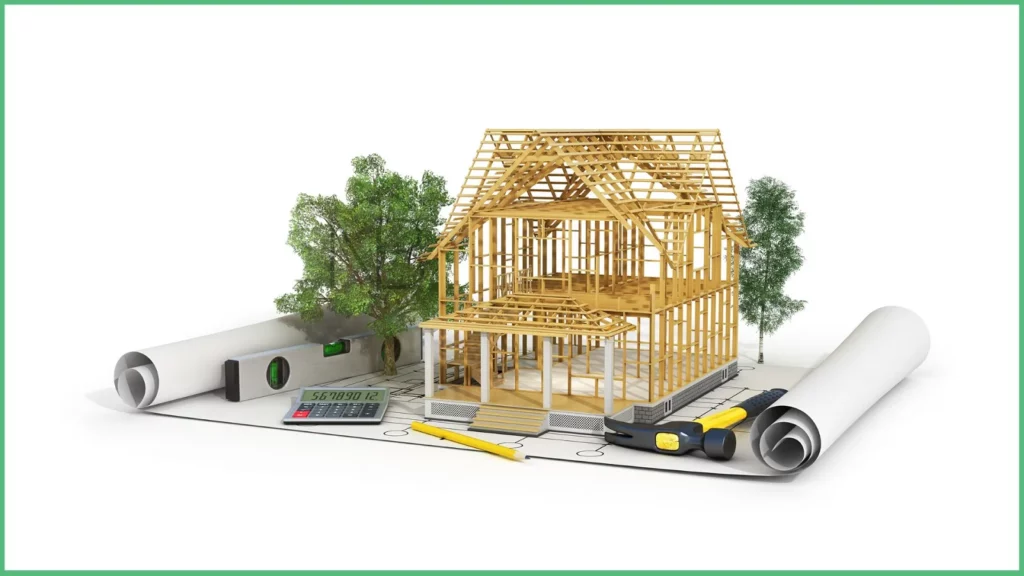
Choosing the Right Energy-Efficient Materials
As the renovations progressed, the selection of energy-efficient materials emerged as a critical step in reducing energy bills. Not only do these materials enhance the sustainability of your home, but they also often come with aesthetic benefits that elevate your space. For anyone interested in marrying function with form, integrating these materials into your upgrades is essential. Here are some options that really made a difference in our home:
- Recycled and Upcycled Materials: These options help divert waste from landfills while offering unique character to every space. Think reclaimed wood flooring or countertops made from recycled glass.
- Insulated Concrete Forms (ICF): This technique not only enhances insulation but also provides a strong, durable structure for homes in various climates.
- Low-VOC Paints and Finishes: Opting for paints with lower volatile organic compounds contributes to healthier indoor air quality, making it a win for both health and the environment.
Incorporating these materials requires a bit of research and perhaps a few trips to local suppliers or eco-focused retailers. While you may pay a bit more initially, the long-term savings on energy bills and the boost in your home’s value are undeniable.
In the midst of our journey, I found inspiration in local initiatives that promote green building practices. Networking with other eco-conscious homeowners in our community opened up avenues for sourcing materials and fine-tuning my renovation strategy. With every material choice, it felt like we were not only crafting our space but also nurturing a more sustainable future.
Another rewarding effort was the outdoor landscaping. Native plants require less irrigation and are well-adapted to the local climate, reducing the need for excess water and chemical fertilizers. By transforming our yard into an eco-friendly oasis, I was not just slashing bills; I was promoting biodiversity and creating a space where our family could connect with nature.
This blend of aesthetic appeal and energy efficiency truly illuminated the path to a more sustainable lifestyle. Each upgrade became a testament to the idea that homes can be both beautifully designed and energetically smart, allowing us to thrive without compromising the planet.


